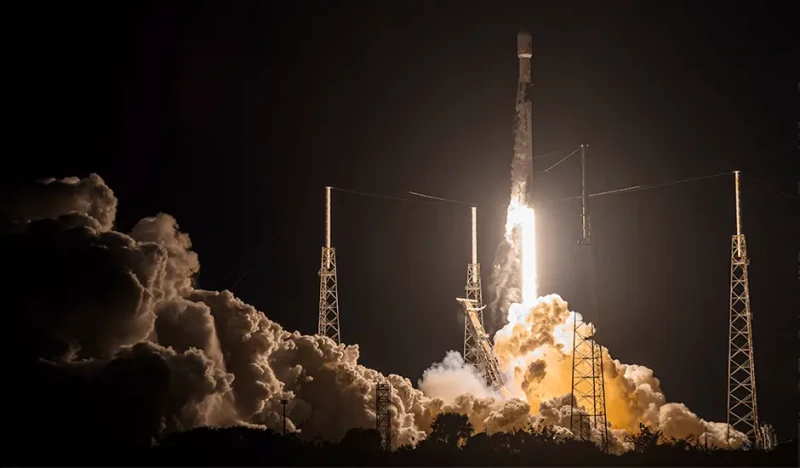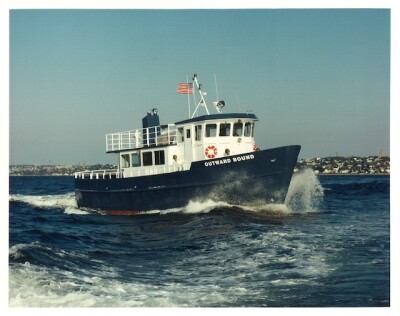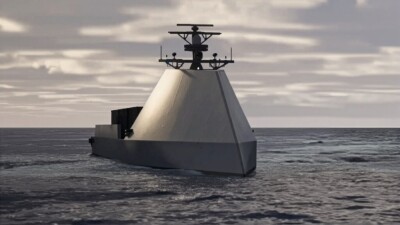Inmarsat’s I-6 satellite built to enhance offshore communications

Inmarsat launched its second I-6 satellite onboard a reusable Space X Falcon 9 rocket at Florida’s Cape Canaveral Space Force Station in February.
Using its electric propulsion system, the satellite is currently in transit to its geostationary orbit. Once in position, the I-6 F2 will undergo orbital tech testing prior to linking to the Inmarsat network in 2024. This is the second I-6 satellite released into orbit. The first (I-6 F1) was launched from JAXA Tanegashima Space Centre in Japan on Dec. 22, 2021.
Both I-6 satellites are considered the largest and most sophisticated commercial communications satellites ever to be launched. Using their multidimensional communications network, Inmarsat Orchestra, these satellites are the first to feature both narrowband (L-band ELERA) and high-speed broadband (Ka-band) communications. This network web will revolutionize global communications and allow Inmarsat to keep pace with growing data usage trends, the company said.
This kind of innovation could prove to be significant in the offshore energy sector, where data usage trends are rising significantly. Bulk, container, tanker, gas carrier, car carrier, reefer, offshore and fishing data usage are all continuing to double within the past 24 months. What are some of the major attributes driving this increase in data usage?
“The first one is crew welfare,” said Eric Griffin, Inmarsat’s VP of Offshore Energy and Fishing. “Crew members in high demand are inquiring about onboard amenities. “They want the ability to connect anytime, anywhere, any place and have the same access to things that they have when they’re at home. That’s one of the first questions these crew members ask when they go to work on these vessel companies.”
Griffin mentioned that the second factor driving this trend is the rise in digitalization. Remote operations, cloud computing, and efficiency improvement are all contributors to this change. As more equipment is brought onboard, especially modern equipment, data usage continues to grow.
“All of these vessels have different hardware components, from different manufacturers, each with their own set of data requirements,” Griffin continued. “What fleet data does, is it aggregates all those data points.”
Another major driver for the adoption of maritime connectivity services is environmental compliance. Provided IMO’s emission reduction goals of 50% by 2050, fleet data can help achieve those goals and improve the environmental footprint of the vessel. According to Ricardo Energy and Environmental, digitally enabled optimization strategies alone can yield a 38% reduction in GHG emissions by 2050.
"Every vessel company is different on their digitalization journey,” Griffin told Workboat.com. “You have the fleet juggernauts revealing their great strides in digitalization. Smaller sized fleets that may not yet be at that level are wondering how they can get there.”
Maritime connectivity is no longer bandwidth constrained. The same cloud computing that has revolutionized communication on land is now available on-board vessels hundreds of miles offshore in a way that could similarly redefine how the entire sector becomes further digitized.






